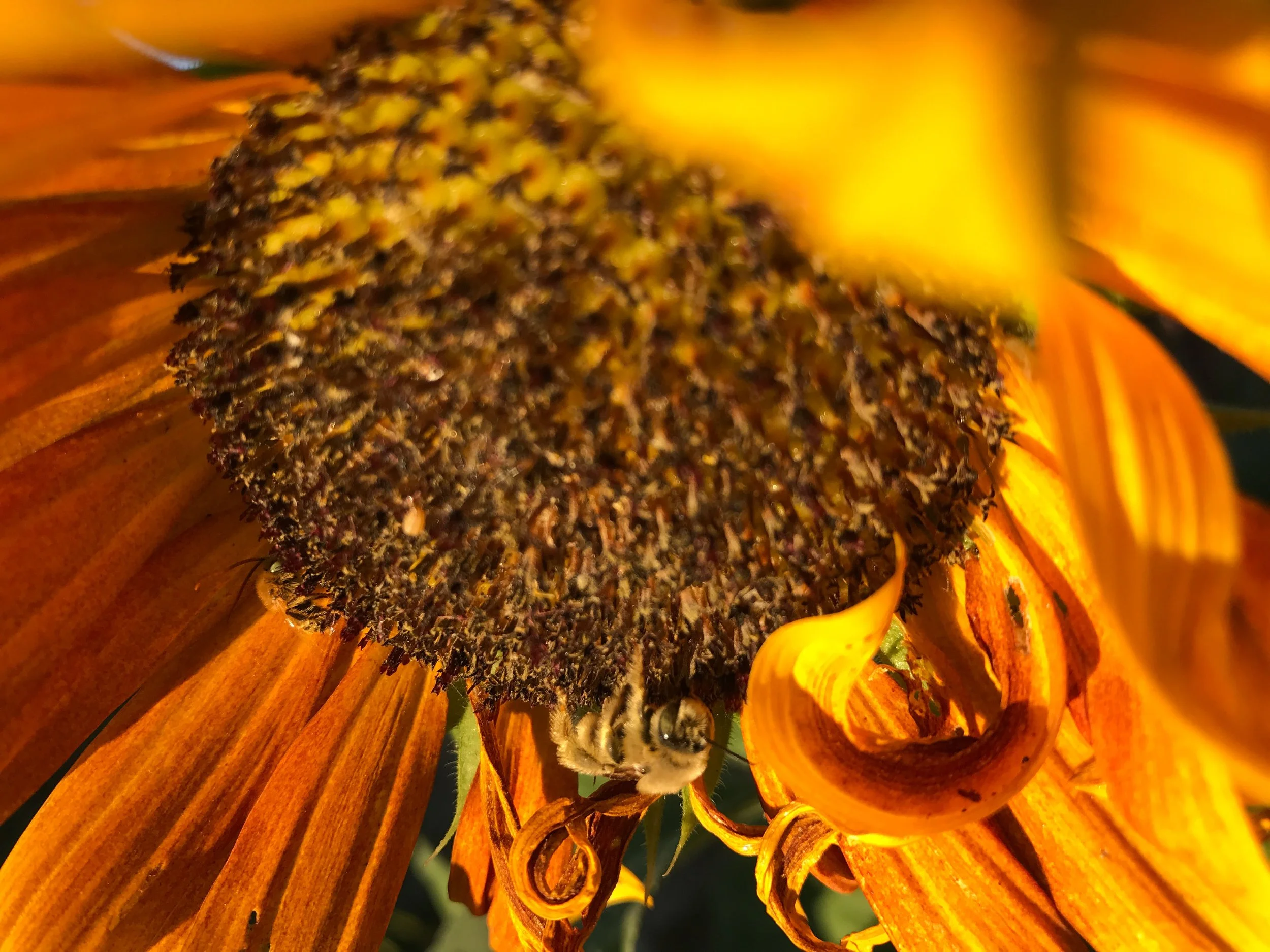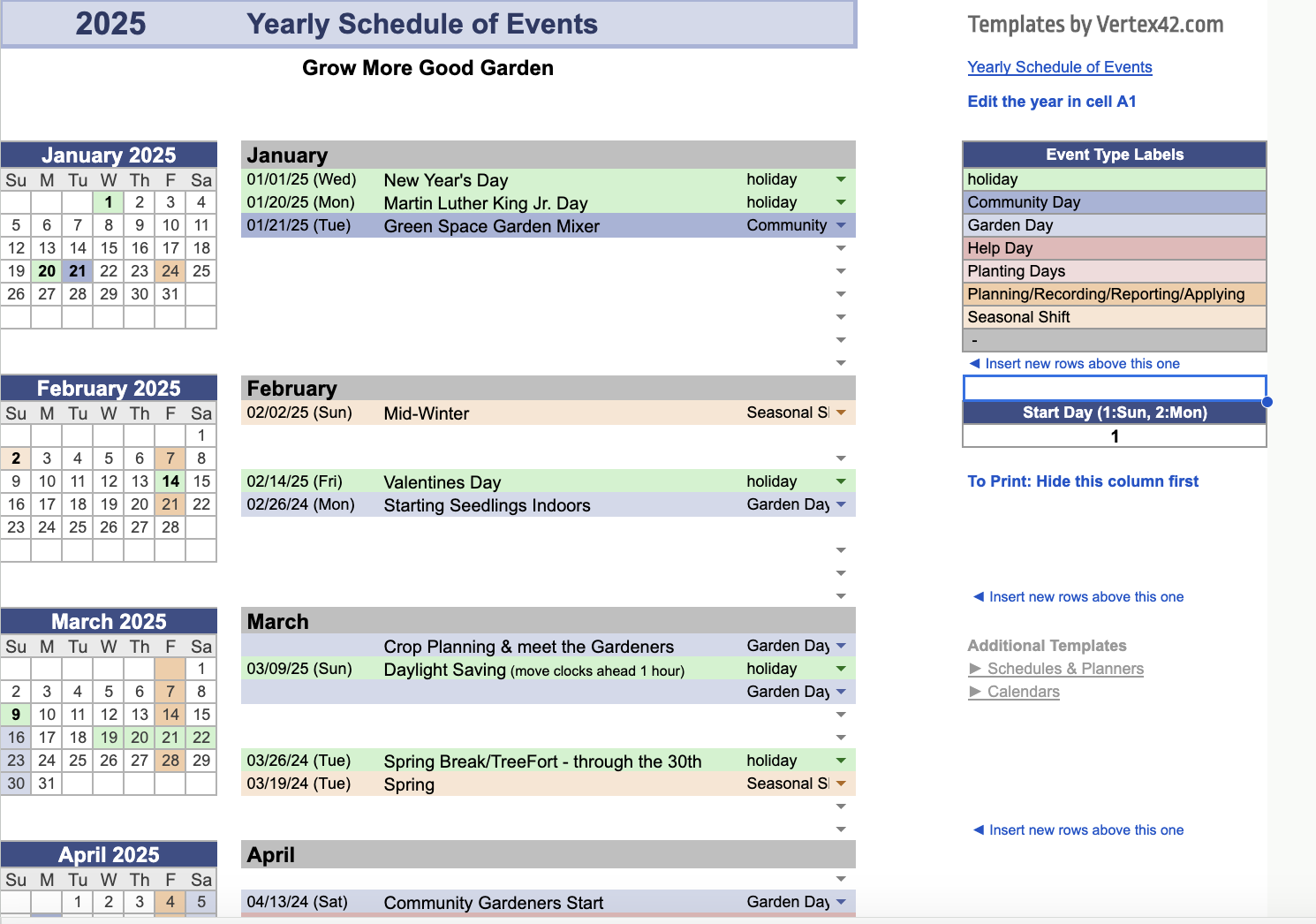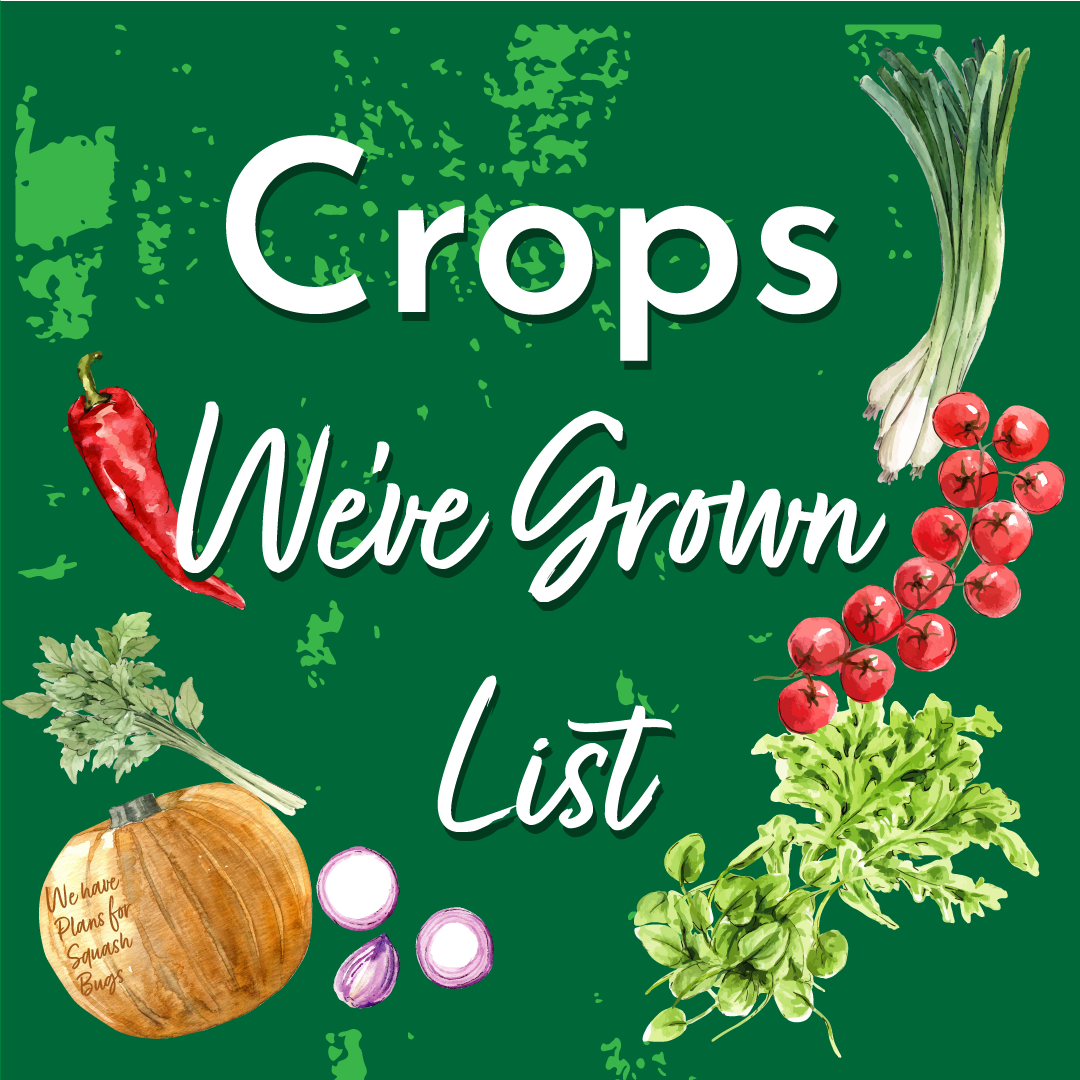Garden Details & Agreement
We have room for 2-4 Co-op Community Gardeners to join us for this 2025 season! Sign up by February 21st to be included in the crop planning. Space is limited!
We are located at St. Stephens Episcopal Church on Cole Road across the street from Fairmont Junior High. As a co-op, we cultivate the area together as a group and share equally in the harvest. Gardeners who commit to 4 hours per week* for the season are Full-Time Gardeners and can have their own row to grow in, while benefitting from the shared spaces we garden together. This way, we can make the most of the water we use, and our collective efforts.
Gardening together allows us to meet, chat, and share stories, and knowledge.
*We’re adjusting to 1-day per week during smokey months, read more below.
What you'll get:
At least a bag full of food every week of our high season, which should begin by late May and run through mid-October.
Hands-on gardening skills
Time with good people cultivating healthy food together
The resonant benefits of sharing this beautiful space with fellow community members, and school kids who help with, and learn from the garden.
Recommended resources for practical gardening skills
What you’re signing up for:
Full-Time Gardener
Approximately 4 hours per week during the season, split between two working days per week, which begins in mid-April and runs through mid-October, with reduced days during the smokey months. This is a total of about 38 garden work days. We gather as a group 1 weekend day and 1 weekday per week.
Due to the increasing fire smoke conditions in Boise, we are reducing the number of days we work in the garden during the fire season to 1 day per week. According to NPR we had 2 consecutive months of fire smoke-filled skies last season. Last season this began around mid-July and extended into September, with one more close-to-town fire in October. This will mean gardener attendance is critical in the early and late parts of the season so our crops are set up well.
For April and May we will meet on the workday together. After that, the weekday is flexible, as long as we're familiar with and comfortable doing the work at hand.
Gardeners can start as early as mid-March and continue into the fall as long as they like, but the season typically wraps up by mid-October.
Benefits of starting early include: More say in what is planted and available for harvest during the high season. Our harvests continue to be abundant well into late October.
Exercise that costs far less than a gym pass, and you get amazing food out of it!
Students from our neighboring junior high school begin learning in the garden experientially in the early Fall and both help, and harvest during those times. We also have students from One Stone interested in experiential learning opportunities at the garden.
Student involvement is something we work to prioritize for many many reasons, but their involvement usually encompasses about 6-14 days over the course of the whole season.
Gardeners can miss up to 6 total days over the season, but ideally will make up for the work day missed, and/or reach out to our list of volunteers to see if they can be covered for those days.
$25 per Gardener for the season
This goes to garden supplies like soil, replacement parts for the drip system, organic food stuffs for the garden to bolster plant health (liquid OG compost, Fish emulsion), etc.
Part-Time Gardener
A Part-Time Gardener is able to commit to 12 weeks of the season 2 days per week, preferably April through mid-July, and/or mid-September through mid-October. Or just one day per week through the whole season. Participation on this level, like Full-Time, is invaluable. You will still have a share of the harvest on the days you come.
We ask that you commit to days on our shared garden calendar for the season so we know what to plan for and know when to follow up with you as a reminder.
Located in the shed at the garden.
We ask for $25 per Part Time Gardener - the uses for these funds will be the same as those noted.
Community Volunteer
If you like the idea of gardening but have a lot of other things going on and just want to try it out a few times, please join our list of community volunteers. In doing so, you're allowing our Gardeners to reach out to you, inviting you to cover them for days they may be out - either for a planned vacation, or an unexpected personal emergency. On days you come you will have a share of the harvest, and when you cover other gardeners you'll have their harvest share.
You will also be invited to community volunteer working days and general events at the garden over the season! Usually no more than 2-3. On community days we may or may not have a harvest available.
No fee is required for volunteering, but any donations are accepted with gratitude!
2025 Grow More Good Garden Calendar - In Progress
FAQs
-
If you commit to the full growing season - 4 hours per week, attending both work days until the smokey months, when we will reduce our time in the garden to 1 day per week until conditions improve.
If you miss more than 2 weeks without following up with Mary K or another gardener by phone or text your row becomes a shared space row.
-
If you have an assigned row and joined the garden before March 2025 to participate in the garden planning you absolutely can grow what you want - but read on about squash in the next item. Some crops need to be grown with a certain amount of distance between them, such as sunflowers.
-
Try as we might, we get them every season. We have a population and they do overwinter. If you want to grow squash you are committing to squash-bug detail - which includes the following processes:
Growing in a designated area - we will let you know which rows are the best candidates.
Interplanting plants with deterrent qualities including SUPER hot peppers, and white icicle radishes.
Covering the row with insect barrier early in the season - we will help!
Carefully inspecting the whole squash plant (every plant) every time you are at the garden, for squash bug eggs and squash bugs. This is best done in the morning hours when they are moving slowly.
NOT squishing them, they emit a pheromone that attracts more. Pluck them and drop them in soapy water in a container with a tight fitting lid.
Eggs are removed with duct tape and thrown in this same container usually. This method also works to collect the nymphs.
This process applies to all summer and winter squash.
The only varieties we’ve had luck with are a hybrid Kabocha from Edwards and African Squash Mary K’s been saving from seed since 2021.
-
Same process as all squash. Students and educators love to grow pumpkins. Though the enthusiasm for them by the time they’re ready to harvest has been interesting… So if you choose to grow them, you’re choosing to gift an experience.
This is a foreshadowed garden story, just ask.
-
We have a “Master Class'“ level perennial weeds challenge. With enough hands and access to the right gear we may be able to manage them more easily this season. Please read on for the equipment and processes to consider
Early season:
Thickly plant cover crops along row edges and through the rows and beds. Last season we found that where we did so we had more luck. This involves cutting back the plants once established, but leaving the roots in the ground. Crop selection will need to include plants that play well with the chosen cover crops. We can get cover crops in bulk by type from NEON or Edwards.
We could consider applying a commercial grade vinegar and castile soap mix to the walkways. To do this well, we might consider raking the wood chips that are there, and all the cardboard, raking that up, applying vinegar, covering with a fresh round of cardboard 2-3 layers thick paying close attention to the seams (no seams), then fresh wood chips on top. We will have to watch out for the irrigation system. Then continue vinegar-spot-treating any little bindweed and thistle sprouts that pop up through the season in the walkways only.
The Line Up:
White Top - if we stay on top of it as we have the past 3 seasons we won’t have to deal with it after May.
Bindweed - Sorry All. This one grows prolifically and it’s very difficult to eradicate. With enough hands we can get it at the white thread stage.
Thistle - If we get them early they won’t be a problem, but we have a pretty well established population.
Cheet Grass and Crab Grass - Mary K has an identification graphic for the Crab Grass and Rye (a cover crop). If we get them early they aren’t a problem.
None of the above weeds should be composted.
Chicory & Dandelion - debatable as weeds. It has medicinal value. We have been cutting it at the top and leaving the roots in the ground, selectively taking out roots where we want plants. They’re both actually pretty easy to manage and both can be used in compost.
All Season Management:
If we keep our weeds population down we have been able to take them home for residential composting. This hasn’t been the case, so we also take them by the pickup truck load to Diamond Street Recycling for $8 per load.
Thick mulch greatly reduces the number of weeds, and those that do survive through the mulch are weakened and easy to pull. We mulch to maintain soil moisture and increase soil health with organic matter each season. No spot treating the rows!
-
That depends on the number of gardeners we have to start the season and how many folks want to start a lot of plants. But this year would be a good year for it. An ideal time is around Mother’s Day. Any plants we don’t sell can be gifted out.
We can also consider growing additional plants for sharing with community members at events. It’s a hard year, and some easy-to-grow plants for small spaces would be best.
-
BEST Question Ever!
Gardener follow up calls/texts when they don’t make it.
Gardener and volunteer support when they start. Applies mostly for any mid season gardeners that may join if we need more folx.
Weeds take home
Help designing and constructing a trellising system.
Record keeping (optional but a durned good idea - often a grant requirement or funder requirement):
Crop list
Weighing food
Donated food (boxed, weighed, valued)


